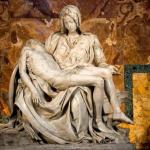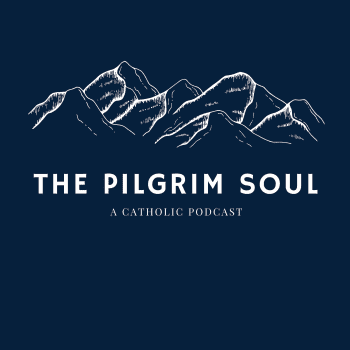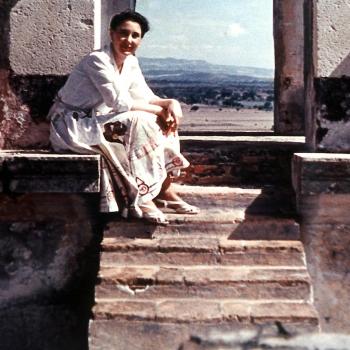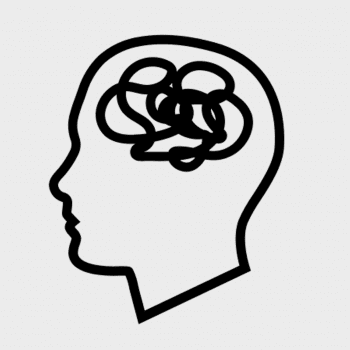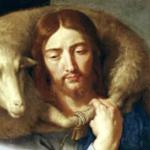You could describe me as a beauty junkie. I crave it, and seek it out out at any cost. Yesterday, I endured a grueling 18.7 mile hike in the mountains in western Montana just to appreciate the view from the summit. I need beauty because it places everything in perspective. In the words of Shakespeare, beauty reminds me that there is “more in Heaven and Earth” than I could dream.

It is through beauty that the human heart is led to truth. So to discover Christ, who is Truth, we must allow ourselves to be struck by His beauty.
The beauty of the brain
What does it mean that beauty leads us to truth?
Let’s turn to the founder of modern neuroscience, Santiago Ramon y Cajal. Born in Spain in the middle of the 19th century, Ramon y Cajal was an artist at heart. He spent his childhood compulsively drawing and painting everything he encountered.
But his father, an anatomy teacher, discouraged these pursuits and pushed him into medical school. An obedient son, Ramon y Cajal dedicated himself to the science. But throughout his prestigious career, Ramon y Cajal’s passion for art never left him. He produced volumes of intricate illustrations of the human body.
Eventually, Ramon y Cajal was drawn to the brain. For a whole year, Ramon y Cajal hunched over his old-fashioned microscope examining brain cells and drawing what he saw. Although Ramon y Cajal’s illustrations were skillful, his staining technique held him back.
Staining is the way you fill cells with color so you can see it under a microscope. The technique of the time produced confusing overlaps of color, limiting Ramon y Cajal’s understanding of what he observed.
A new method of staining neurons
But Ramón y Cajal’s life – and the discipline of neuroscience – changed in 1887, when one of his colleagues introduced him to a chemical reaction called the Golgi stain. In this technique, you immerse a slice of brain tissue in a metal called silver chromate. A few random brain cells (only about 0.5%) take up the color of the metal. This allows clear visualization of all the fine details of a neuron, because it doesn’t overlap with its neighbors.
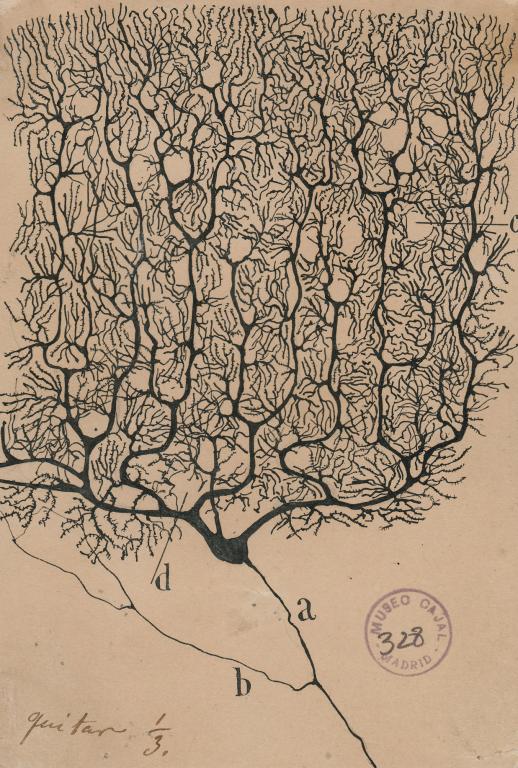
After fine-tuning this method, Ramon y Cajal began to produce crisp, clear images of the brain. What he saw captivated him.
From the Purkinje neurons of the cerebellum, which coordinate movement, to the pyramidal neurons of hippocampus, which form memories, no region of the brain failed to arouse Ramon y Cajal’s curiosity. Its beauty was irresistible.
A new theory of the nervous system
Ultimately, Ramon y Cajal’s wonder brought him to the truth of the brain.
Throughout the 19th century, scientists had understood the nervous system as a sort of web, in which neurons were totally continuous with one another. Ramon y Cajal, with the help of the Golgi stain, proposed an alternative: he suggested that neurons were actually discrete, individual cells. If this was the case, neurons must somehow pass information across small gaps—or synapses — between them. Although Ramon y Cajal couldn’t actually see such gaps, due to the low power of his microscope, he inferred their presence from his detailed drawings of brain structure. And he was persistent in advocating for this truth, even when his colleagues told him he was crazy.
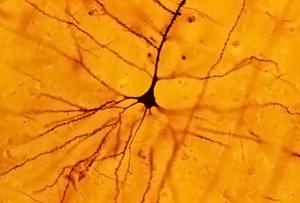
With the advent in electron microscopy, almost 100 years later, the world discovered that Ramon y Cajal had been right. The theory that individual brain cells send and receive information across synapses is now called “the neuron doctrine.” It is the foundational doctrine of neuroscience, upon which all our progress rests.
Beauty leads to truth
What does Ramon y Cajal’s story tell us about truth? Ramon y Cajal was moved by wonder and attracted to beauty. By staying in front of that reality with patience, he was able to see the truth more clearly than what science could allow.
In today’s world, which has forgotten beauty and allowed the collapse of the transcendent, we must remember the beautiful.
The search for truth begins with beauty. In your studies, your relationships, your work and your rest, allow your heart to be struck by moments of beauty. When you are overtaken by wonder – even at something small – don’t stop there. Follow this beauty. Ask its source and seek its end, and it will lead you to the truth. It will lead you to discover where Christ is working in your life, what He desires for you, and who or how God has created you to love.
Ultimately, following beauty will lead you to discover Christ Himself, who is Truth. As St. Francis of Assisi saw it, the beautiful things of this world constitute a ladder.The beauty of art, the beauty of the saints, the beauty of forgiveness and the beauty of a sunrise all point to the beauty of Christ. By climbing this ladder you can arrive at Him who is utterly beautiful.
Further reading recommendations
“The Beautiful Brain” is a gorgeous collection of Ramon y Cajal’s drawings.
Evelyn Waugh’s Brideshead Revisited captures this dynamic, particularly though the way the architecture of Brideshead haunts Charles, the main character.
I highly recommend Pope Benedict XVI’s moving address on the encounter with beauty, which he composed for Communion and Liberation’s annual Meeting at Rimini in 2002.


